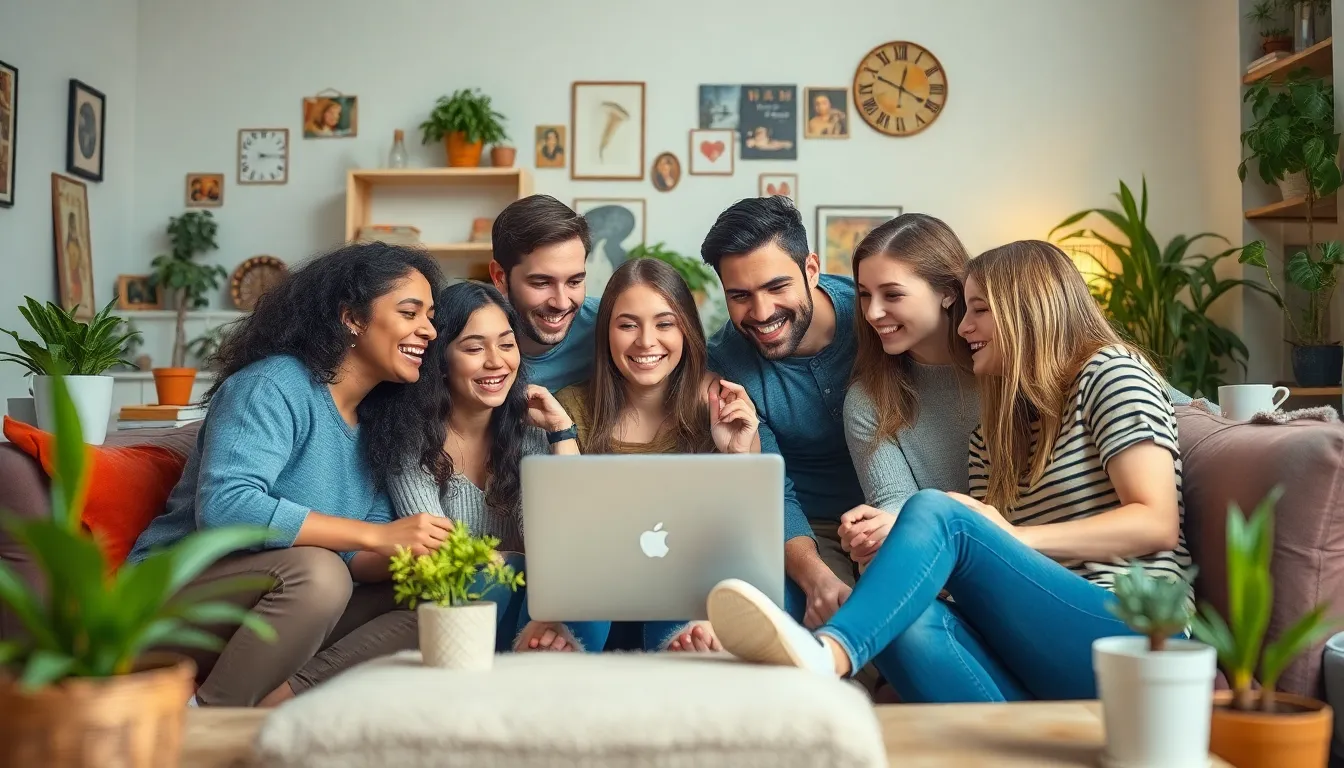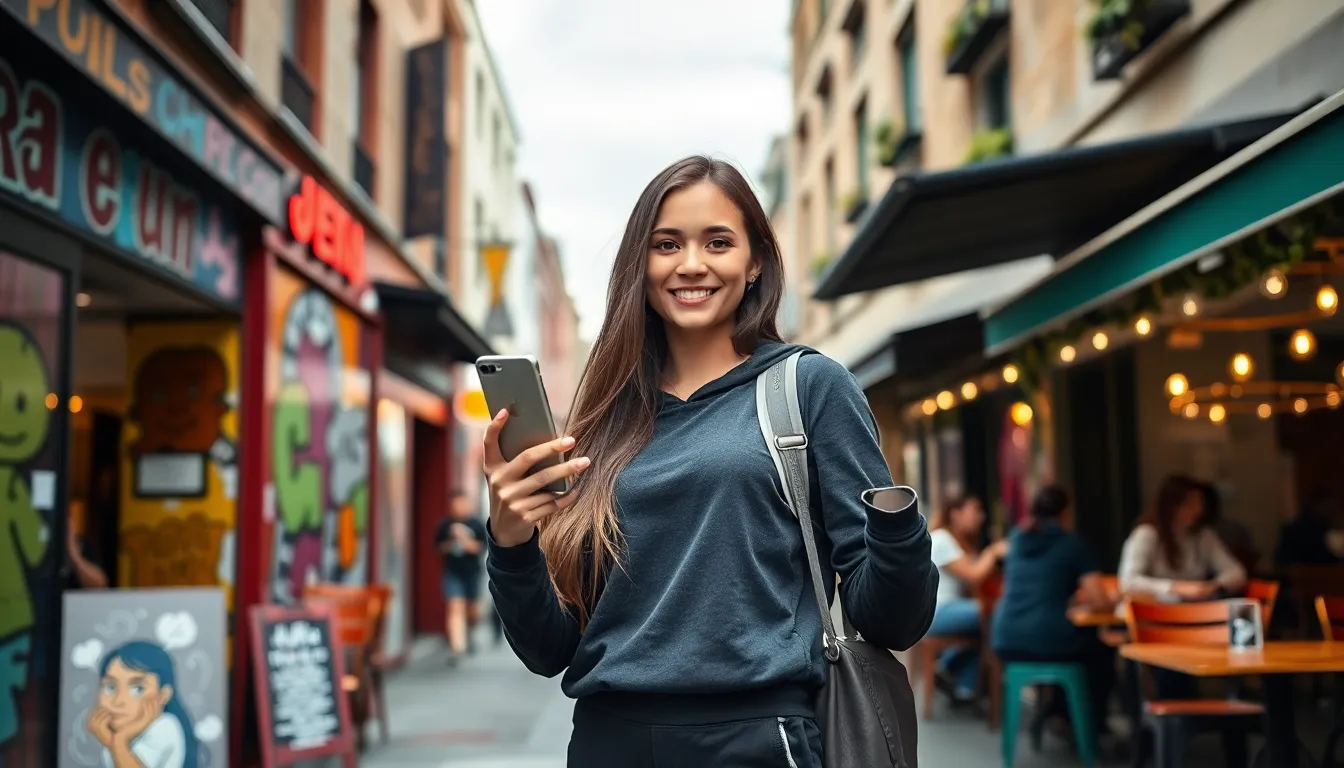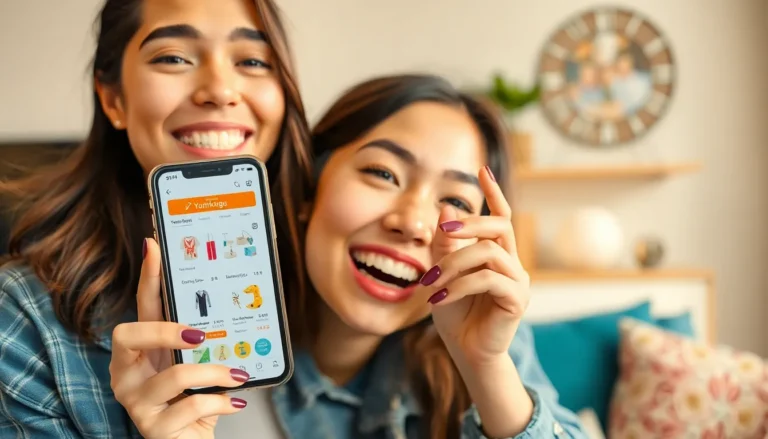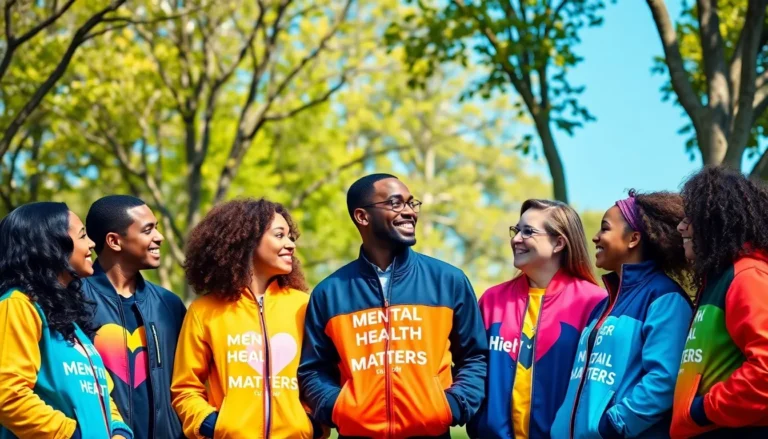In today’s fast-paced digital world, trends can spread like wildfire, shaping how people live, think, and interact. The phenomenon of “lifestyle viral” captures this essence, where ideas and practices gain immense popularity through social media and online platforms. From wellness hacks to fashion statements, these trends not only influence individual choices but also redefine cultural norms.
As more people engage with viral content, the impact on lifestyle becomes undeniable. It’s not just about fleeting fads; it’s about how these trends can inspire lasting changes in daily routines and personal philosophies. Understanding the mechanics behind lifestyle virality offers valuable insights into consumer behavior and the power of social influence in shaping modern life.
Table of Contents
ToggleOverview of Lifestyle Viral
Lifestyle viral refers to the rapid dissemination of trends and ideas through social media and online platforms. These trends shape individual behaviors, cultural norms, and consumer choices. Various categories, such as wellness practices, fashion styles, and dietary habits, illustrate how lifestyle viral influences daily life.
Viral trends often emerge from platforms like Instagram, TikTok, and Twitter, where visual content captures attention quickly. The immediacy of these platforms fosters an environment where trends can gain momentum rapidly. For example, a single video showcasing a new fitness routine can lead to millions of imitations within days.
Understanding the dynamics of lifestyle virality provides valuable insights into consumer behavior. When trends resonate with audiences, they foster community engagement and discussion. As a result, brands and marketers can tailor strategies that align with prevailing trends, enhancing their reach and relevance.
In addition, the role of social influence plays a crucial part in how virality operates. Influencers, celebrities, and peers can significantly impact the adoption of lifestyle trends. As individuals seek to emulate those they admire, the ripple effect propagates, solidifying certain trends within broader societal contexts.
Lifestyle viral trends reflect shifting attitudes toward health, wellness, and self-expression. By analyzing these patterns, observers can identify opportunities that align with changing consumer preferences, ensuring brands remain competitive in a fast-evolving landscape.
Key Characteristics of Lifestyle Viral Content

Lifestyle viral content exhibits distinct characteristics that foster rapid engagement and sharing among audiences. Understanding these key elements aids in creating impactful and resonant content.
Emotional Appeal
Emotional appeal drives engagement in lifestyle viral content. Content that evokes feelings—such as joy, nostalgia, or inspiration—encourages sharing and interaction. Examples include personal stories, motivational messages, and heartwarming videos that resonate deeply with viewers. This emotional connection prompts viewers to share the content, amplifying its reach.
Relatability
Relatability is crucial in generating lifestyle viral content. Audiences relate to content that mirrors their own experiences, aspirations, or challenges. Authentic narratives, everyday scenarios, and realistic representation foster a sense of connection. For instance, relatable humor or common dilemmas depicted in a lighthearted manner draw viewers in, making them more likely to share and discuss the content within their social circles.
Popular Platforms for Lifestyle Viral Trends
Various platforms fuel the spread of lifestyle viral trends, impacting consumer behavior and cultural shifts. Key platforms include social media networks and blogging sites, each playing distinct roles in shaping viral content.
Social Media
Social media platforms like Instagram, TikTok, and Twitter dominate the lifestyle viral landscape. Instagram thrives on visually appealing content, with photos and videos showcasing fashion, travel, and wellness tips. TikTok excels due to its short-form videos that encourage creativity and spontaneity, making it easy for users to participate in trends and challenges. Twitter allows for rapid information sharing and discussions, enabling trending topics to gain traction quickly. These platforms foster a sense of community, encouraging users to engage with content through likes, comments, and shares, amplifying the reach and impact of viral trends.
Blogging
Blogging platforms contribute to lifestyle virality by offering in-depth discussions and personal narratives. Blogs enable creators to analyze trends, share experiences, and provide practical tips that resonate with their audience. Popular lifestyle blogs often incorporate SEO strategies to enhance visibility, attracting readers searching for specific topics. These blogs may also link to social media channels, creating a synergistic effect that increases engagement across multiple platforms. The combination of personal storytelling and actionable advice positions blogs as valuable resources for those seeking to adopt or understand lifestyle trends.
Examples of Successful Lifestyle Viral Campaigns
Successful lifestyle viral campaigns demonstrate how brands effectively harness social media to create meaningful connections with consumers. Below are notable examples:
- #IceBucketChallenge
The ALS Association leveraged this campaign to raise awareness and funds for ALS research. Participants poured buckets of ice water over themselves, shared videos on social media, and challenged others to join. This campaign generated over $115 million in donations in just one month.
- #ThisGirlCan
Created by Sport England, this campaign aimed to encourage women to engage in physical activity. Featuring real women in non-stereotypical sports scenarios, it aimed to challenge stereotypes and boost confidence. The campaign resulted in a 1.6 million increase in female participation in sports.
- Fenty Beauty Launch
Rihanna’s Fenty Beauty brand launched with an inclusive approach to beauty, featuring 40 shades of foundation. The campaign used social media influencers and diverse models, creating a viral buzz. Its revenue exceeded $100 million in sales within 40 days.
- #ShareaCoke
Coca-Cola personalized its product by printing popular names on bottles. This campaign spurred consumers to purchase and share photos with their named bottles, resulting in over 500,000 photos shared on social media platforms.
- #10YearChallenge
This viral social media challenge encouraged users to post side-by-side images showing their appearance ten years apart. Brands such as Tinder and Netflix joined in, using the challenge to highlight their own transformations, increasing engagement and visibility.
- GoPro’s User-Generated Content
GoPro encouraged users to share their adventure footage shot on their cameras. This strategy not only showcased the product’s capabilities but also built a community of engaged users, significantly boosting brand loyalty and sales.
- Airbnb’s #WeAccept Campaign
Following political controversies, Airbnb launched #WeAccept to promote inclusivity. The campaign featured diverse stories from hosts and guests, emphasizing acceptance and community values, garnering widespread social media support and strengthening its brand image.
These examples illustrate how lifestyle viral campaigns can effectively engage audiences, drive brand awareness, and generate substantial results through strategic use of social media platforms.
Strategies for Creating Lifestyle Viral Content
Creating lifestyle viral content involves several strategic approaches that maximize visibility and engagement.
- Identify Target Audience: Know the demographic and interests of the audience. Tailor content to address their needs and preferences, ensuring relevance.
- Utilize Emotional Appeal: Craft content that resonates emotionally. Content that elicits joy or nostalgia encourages shareability, as viewers connect personally with the material.
- Focus on Visual Storytelling: Emphasize high-quality visuals. Engaging images and videos grab attention and enhance the likelihood of content being shared. Use platforms like Instagram and TikTok for optimal visual impact.
- Leverage Influencer Partnerships: Collaborate with influencers who align with the brand’s values. Influencers’ established audiences can amplify content reach significantly.
- Encourage User-Generated Content: Invite audiences to share their experiences related to the content. Campaigns that incorporate user-generated content foster community engagement and authenticity.
- Incorporate Trends and Challenges: Align content with trending topics or challenges. Staying current with trends keeps content fresh and relevant, encouraging shares among trend-oriented users.
- Optimize for Each Platform: Adapt content for specific social media platforms. Different platforms cater to unique formats and audience behaviors, enhancing engagement through tailored approaches.
- Monitor Analytics: Analyze performance metrics. Understanding which content resonates helps refine future strategies for even greater engagement.
- Create Shareable Headlines: Write compelling headlines that entice clicks. Headlines paired with intriguing visuals can significantly improve sharing rates.
- Foster Community Interaction: Engage with audiences through comments and discussions. Building relationships with followers not only strengthens loyalty but also boosts the likelihood of content sharing.
Lifestyle viral trends are reshaping how individuals connect with ideas and brands in today’s digital world. As social media continues to evolve the way content spreads it’s essential for both consumers and brands to stay attuned to these shifts. Understanding the emotional triggers and relatability that drive engagement can unlock new opportunities for meaningful connections.
By leveraging the power of platforms like Instagram and TikTok brands can create impactful campaigns that resonate with their target audiences. The landscape of lifestyle virality is dynamic and ever-changing but those who adapt to these trends will find themselves well-positioned for success in an increasingly competitive market. Embracing this phenomenon not only enhances consumer engagement but also fosters a deeper understanding of cultural shifts that influence everyday life.




